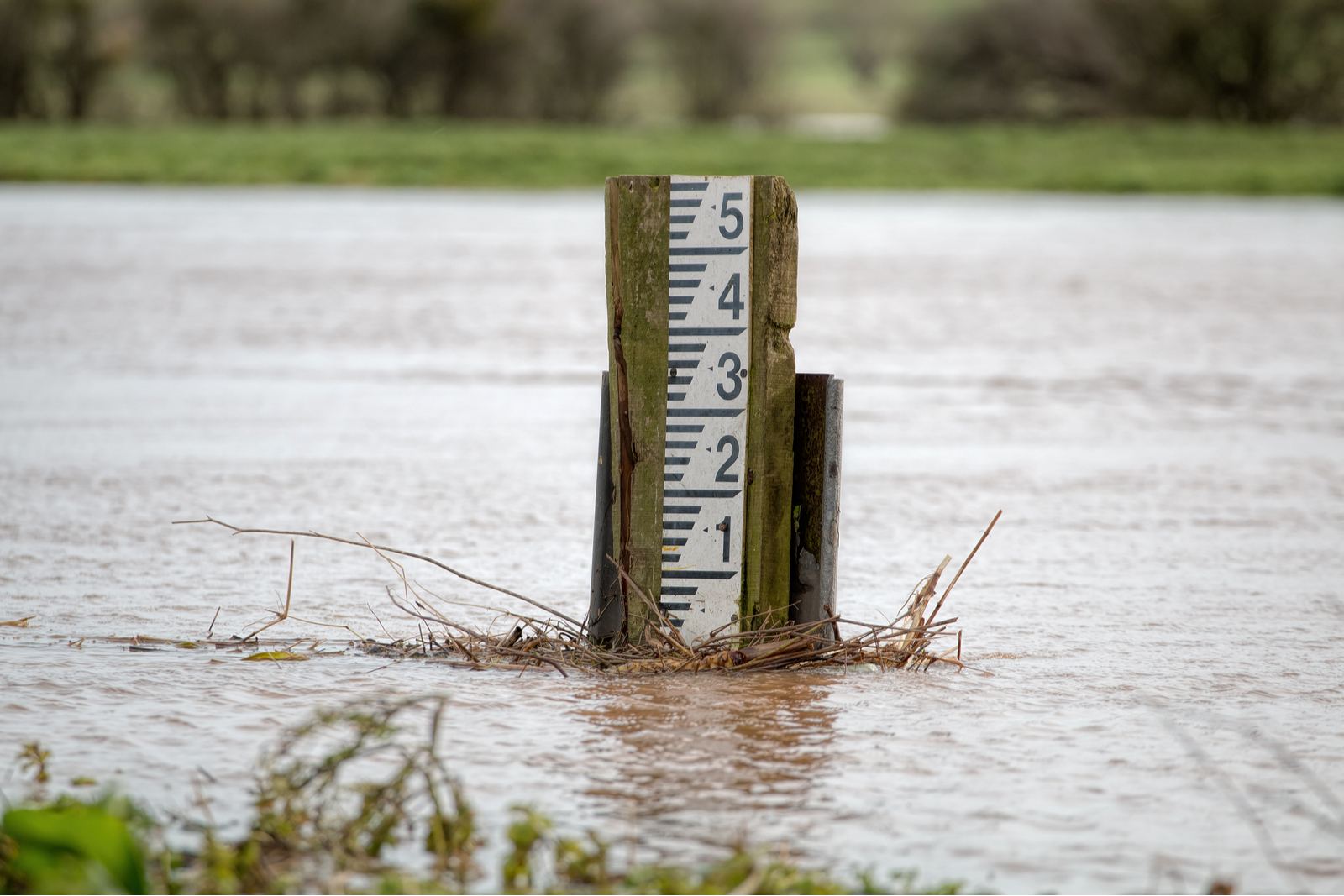
Groundwater can be a problem when you start digging for a swimming pool. Occasional groundwater after heavy rains is not a concern, but consistent groundwater surfacing from the ground could cause your swimming pool to crack or even pop out of the ground.
Your swimming pool constructors know how to deal with groundwater and a high water table. Depending on the severity of the problem, the depth of the pool, and the quality of the soil, they will find a solution that secures your swimming pool and pumps excessive water away from the area.
A high water table is an excellent reason to hire professional and experienced swimming pool contractors. Your swimming pool requires extensive expertise and know-how. After all, you only build a pool once. If groundwater damages your swimming pool after construction, it is very difficult to fix the problem without lifting the whole pool out.
What Is a High Water Table?
Groundwater refers to the part of the soil that is permanently soaked in water. If the bottom of your swimming pool sits on the water table, you will likely encounter pressure problems as the groundwater will be pushing the swimming pool up. When the groundwater fills up fast after heavy rain or a storm, you could even see your swimming pool crack or pop up and out of the ground!
Isn’t My Swimming Pool Heavy Enough for Groundwater?
A swimming pool is definitely heavy. Not just the construction materials, but also the water that fills the pool create a remarkable weight.
Even so, you would be amazed by how much strength groundwater has. If groundwater has no escape route, it will eventually start pushing your swimming upwards and create cracks alongside the walls, the wooden decks, and the drain lines.
How Do I Know If I Have a High Water Table?
Once the swimming pool contractors start digging, they can see right away if water is surfacing on the freshly-dug soil. If you see water popping up, it doesn’t necessarily mean that you have a high water table. Give it a few days to see if the water subsides. Storms and rainwater often cause the water table to rise temporarily, only for it to lower a few days later.
If you notice that water is still coming out, you have probably hit the water table. In this case, your swimming pool construction crew will suggest the right solution for your pool.
How Can I Deal with a Groundwater Problem?
There are several ways to deal with a high water table:
- One solution is to install a sump pit, like a well. The sump pit will be placed where the deepest part of the pool sits. Water will seep into the well through a drain and then a pump will take the water out and redirect it toward a drain. The pump starts automatically when the water reaches the float sensor, so you don’t need to worry about turning it on and off.
- Alternatively, you can connect your pool pump to the excess water so that it pumps it out.
- Another option is to raise your swimming pool. Your swimming pool contractors can bring dirt to create a raised platform where the pool will be sitting. In this case, the swimming pool will be above the water table.
- Finally, you could make a shallower swimming pool. If your water table sits at 8 feet deep, building a 6-foot swimming pool instead of one that’s 9-feet deep lets you swim and enjoy the water without the pool touching the groundwater. Of course, and depending on the depth, you may have to forgo a diving board. Still, that’s a small price to pay for ensuring the survivability of your pool!
What Causes a High Water Table?
A high water table is often found close to coastal areas. Areas that are prone to flooding may also have a high water table.
Underground water naturally follows gravity and flows from the mountains toward the valley, so you may also encounter a high water table if your home sits at the bottom of a valley.
Finally, another factor is the soil quality as certain kinds of soil can be conducive to groundwater. Clay soils, for example, tend to hold on to water. Also, if your yard is sitting on bedrock, water may build up from the bedrock and find its way into your pool.
Waterside Poolscapes Are Your Experienced Swimming Pool Contractors
Waterside Poolscapes has built hundreds of swimming pools. On occasion, we have faced groundwater issues during the digging phase, as a high water table is not that uncommon.
Technology, know-how, experience, and the proper equipment are our partners when we construct your swimming pool. No matter the problem, we have a solution.
Schedule a free, no-obligation swimming pool design consultation, call us at 281-690-4810 for a quote, or come meet us in person at 25311 Kingsland Blvd #110, Katy, TX 77494 showroom during our office hours, 8:30-4:30 Monday to Friday, CST. Download our helpful “7 Questions You Should Ask Your Pool Builder guide to get started and let Waterside Poolscapes turn your dream swimming pool into reality!
